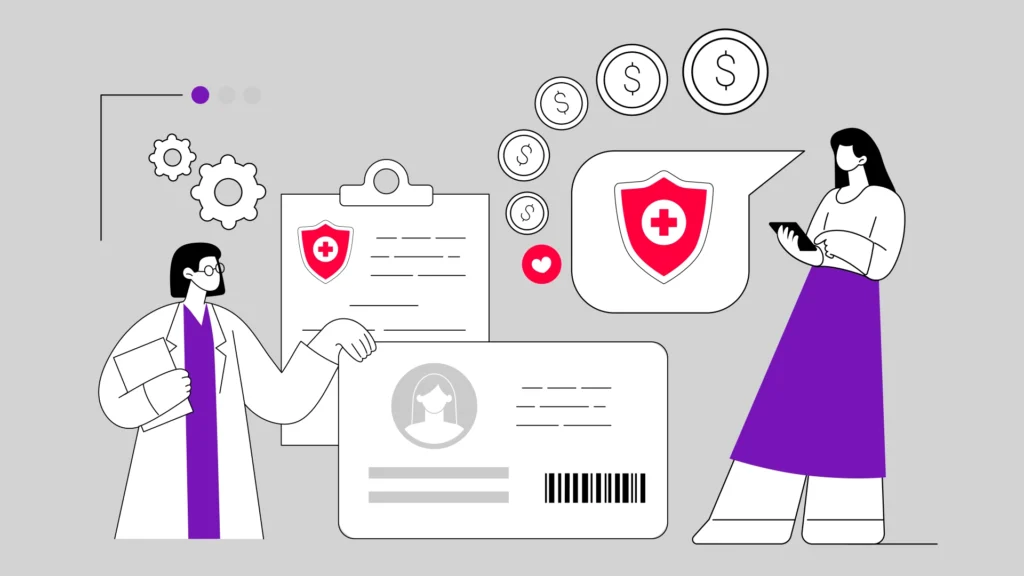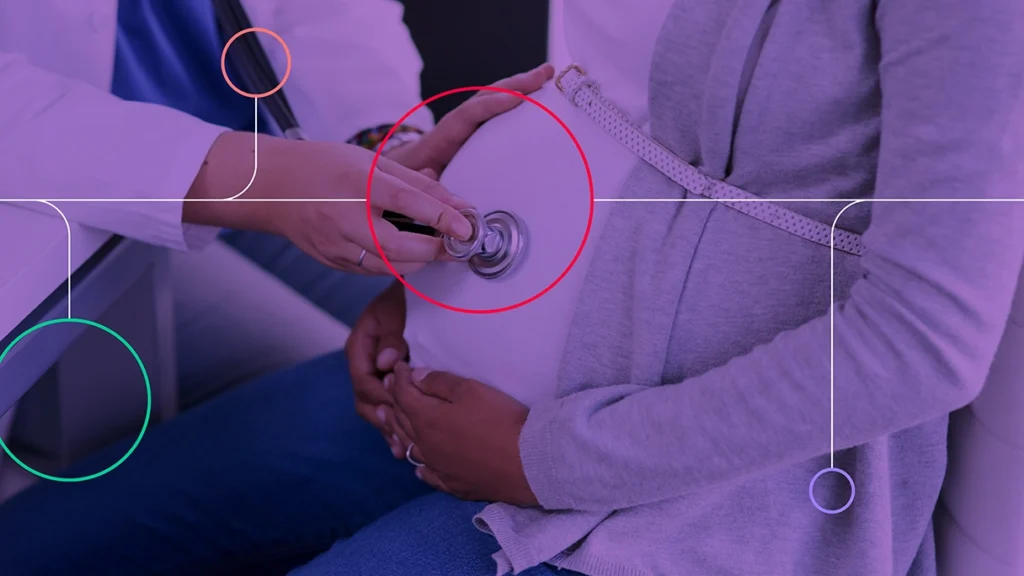In the realm of healthcare technology, patient portals have been heralded as the ultimate tool for patient engagement. They were introduced with the hope of improving health outcomes by making medical information more accessible and fostering better communication between patients and healthcare providers. Yet, today, it’s becoming increasingly clear that while patient portals are vital, they are not a comprehensive solution.
Theoretical Promise vs. Practical Reality
According to Taya Irizzary, a strategy consultant at Highmark Health who’s conducted research on patient portals, the initial success of patient portals was largely due to their inclusion in the HITECH Act’s meaningful use criteria. This legislation incentivized healthcare providers to adopt electronic health records (EHR) systems and patient portals as a means to engage patients. In theory, this engagement would lead to better health outcomes. However, Irizzary points out that there is little concrete evidence to support this hypothesis.
“Just because an organization has a portal does not guarantee patient engagement. Just because you build it, it doesn’t mean that they will come,” Irizzary explains. For patient portals to be effective, patients must perceive them as valuable. Unfortunately, this is not often the case.
The Patient Perspective
A 2018 large-scale study revealed that 63% of insured patients who visited a doctor in the past year did not use a patient portal. This statistic alone highlights a significant gap in engagement. Only about 60% of the study’s 2,300 participants were even offered the option of using a portal. Among those who did not use the portal, reasons ranged from a preference for direct communication with their doctor, concerns about privacy and security, to technological challenges.
What is surprising is that these technological barriers were not confined to any specific age, ethnic, or socioeconomic group. This dispels the myth that seniors are the primary demographic struggling with patient portals and various other technologies.
The Challenge with Patient Portals
The issue may not lie with patients but with the portals themselves. “They’re big, they’re heavy, they’re full of medical jargon, they’re hard to use,” Irizzary explains. Patients find themselves overwhelmed by the sheer volume of information available, much of which is not presented in a user-friendly manner.
The HITECH Act’s criteria for patient engagement primarily measures whether patients have signed onto the portal, not how effectively they are using it. This lack of qualitative assessment leaves much to be desired in terms of actual patient engagement and satisfaction.
Additionally, in an age where data breaches are common, some patients are hesitant to put their health information online, concerned about who have access to their data and how it could be used.
Addressing Patient Concerns
To make patient portals more effective, healthcare providers must address patient concerns directly. Providers should reassure patients that portals have robust security and privacy measures and clarify that these tools are meant to enhance—not replace—their relationship with their healthcare provider.
Educational materials should be clear, jargon-free, and explain not just how to use the portal, but also why it is beneficial. Helping patients visualize how they can personally use the tool can go a long way in increasing engagement.
Both Irizzary and Denise Anthony, a professor of health management and policy at the University of Michigan, suggest having a staff member available to walk patients through the portal setup. This hands-on approach can be particularly useful for older populations or those less familiar with technology.
Increasing the Value of Patient Portals
Improving the usability of patient portals is essential. “The original idea was, ‘the more information, the better,’” Irizzary notes. However, patients often find the detailed medical jargon overwhelming. Pamela Kallmerten, a clinical associate professor at the University of New Hampshire, adds that patients prefer concise office visit summaries and embedded links that explain complex terms.
Additionally, technical support is crucial. Patients need assistance when they forget passwords or encounter technical issues. Offering community classes on portal use and troubleshooting could be immensely beneficial.
Vendors can also play a role by integrating live chat support within the portal, enabling patients to get real-time help.
Other Patient Engagement Strategies
While patient portals have become a popular method for healthcare providers to communicate with their patients, it is important to recognize that they are not the only tool available for engaging patients. In order to truly promote active participation and involvement from patients in their own healthcare, healthcare organizations should consider utilizing other engagement tactics such as text messaging, or conversational messaging.
One of the main reasons why a patient portal may not be enough to fully engage patients is because it requires patients to actively log on and check for updates. This means that if a patient forgets or does not have access to a computer, they may miss out on important information from their healthcare provider. On the other hand, text messaging offers a more convenient and instantaneous form of communication that can reach patients wherever they are and whenever they need it.
In addition, text messaging also allows for more personalized and targeted communication with patients. Healthcare organizations can use this medium to send appointment reminders, follow-up instructions after appointments, medication reminders, and even health tips or educational materials specific to each individual’s needs. This type of tailored communication shows that the provider cares about the patient’s well-being and can help build trust between the two parties.
Moreover, text messaging has been shown to be an effective method for increasing patient engagement and satisfaction. What’s even greater, is you can blend two strategies together: using text messaging to drive patient portal enrollment. One of our customers, Cedars-Sinai, used Artera to increase their patient enrollment in MyChart by 19%. Another customer, Dayton Children’s Hospital, also used Artera to increase their portal enrollment, leading to an 80% portal enrollment rate.
Conclusion
While patient portals are a critical tool for enhancing communication and sharing information, they are not a panacea. They must be part of a broader strategy that includes other patient engagement strategies and tactics, such as text messaging. The goal should be to make these tools genuinely valuable to patients, thereby increasing engagement and potentially improving health outcomes.
Patient portals should not be the sole means of patient engagement today. Instead, they should be part of a multifaceted approach to healthcare that prioritizes patient needs and preferences. By doing so, we can move closer to a healthcare system that truly supports and empowers patients.



